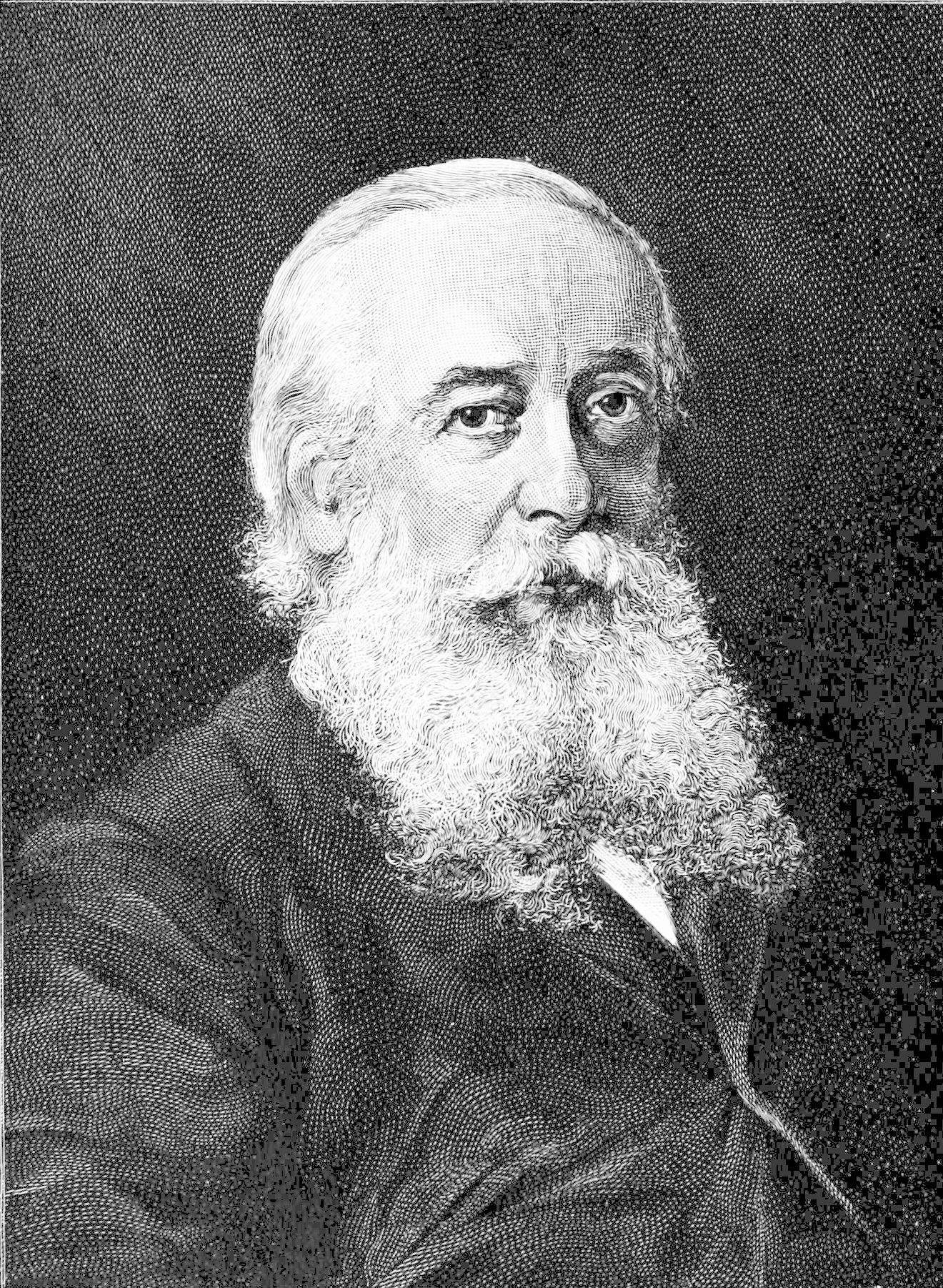Carl Gottfried Semper on:
[Wikipedia]
[Google]
[Amazon]
 Carl Gottfried Semper (July 6, 1832,
Carl Gottfried Semper (July 6, 1832,
"Chrono-Biographical Sketch: Carl Semper"
(Charles H. Smith at Western Kentucky University)
 Carl Gottfried Semper (July 6, 1832,
Carl Gottfried Semper (July 6, 1832, Altona, Hamburg
Altona (), also called Hamburg-Altona, is the westernmost urban borough (''Bezirk'') of the German city state of Hamburg, on the right bank of the Elbe river. From 1640 to 1864, Altona was under the administration of the Danish monarchy. Alto ...
– May 29, 1893, Würzburg) was a German ethnologist and animal ecologist.
Career
Semper attended the Hanover Polytechnic from 1851 to 1854 and achieved a Ph.D. in zoology from the University of Würzburg in 1856. He traveled to the Philippines and Palau two years later, staying in the region until 1865 in association withMuseum Godeffroy
The Museum Godeffroy was a museum in Hamburg, Germany, which existed from 1861 to 1885.
The collection was founded by Johann Cesar VI. Godeffroy, who became a wealthy shipping magnate a few years after the expansion of the trade towards Austral ...
. Semper published several works detailing his observations and experiences among Pacific peoples. In addition to his written work, he delivered lectures at the Lowell Technological Institute (now merged into the University of Massachusetts Lowell) near Boston and maintained a large collection of animal specimens. His work in Palau is especially noted as comprising one of the very few reliable accounts of cultural practices that are today severely diminished by Westernization. Semper is also praised for his humane and even-handed attitude toward indigenous cultures.
Semper was an early supporter of Darwinism
Darwinism is a scientific theory, theory of Biology, biological evolution developed by the English naturalist Charles Darwin (1809–1882) and others, stating that all species of organisms arise and develop through the natural selection of smal ...
in Germany. He suffered a major stroke in 1887 and died a few years later.
A species of Philippine sea snake he first collected, ''Hydrophis semperi
''Hydrophis semperi'', commonly known as the Lake Taal snake, Garman's sea snake, the Philippine freshwater sea snake, and the Luzon sea snake, is a rare species of venomous sea snake found only in a single lake on the island of Luzon in the Ph ...
'', was named in his honor, as were two species of Philippine lizards, '' Gonocephalus semperi'' and ''Lipinia semperi
Semper's lipinia (''Lipinia semperi'') is a species of skink found in the Philippines
The Philippines (; fil, Pilipinas, links=no), officially the Republic of the Philippines ( fil, Republika ng Pilipinas, links=no),
* bik, Republika ka ...
''.Beolens, Bo; Watkins, Michael; Grayson, Michael (2011). ''The Eponym Dictionary of Reptiles''. Baltimore: Johns Hopkins University Press. xiii + 296 pp. . ("Semper", pp. 240-241).
An anatomical structure in the heads of certain gastropod
The gastropods (), commonly known as snails and slugs, belong to a large taxonomic class of invertebrates within the phylum Mollusca called Gastropoda ().
This class comprises snails and slugs from saltwater, from freshwater, and from land. T ...
s was discovered by Carl Semper in 1856 and is named after him.Lane J. N. (1964) "Semper's Organ, a Cephalic Gland in Certain Gastropods". '' Quarterly Journal of Microscopical Science'' 105(3): 331-342.
Bibliography
* ''Reisen im Archipel der Philippinen'' (5 vol. of 10, 1868-1916) * ''Palau-Inseln im Stillen Ocean'' (1873) * ''Die Natürlichen Existenzbedingungen der Thiere'' (1880)References
"Chrono-Biographical Sketch: Carl Semper"
(Charles H. Smith at Western Kentucky University)
External links
* * * 1832 births 1893 deaths German naturalists 19th-century German zoologists German physiologists {{Germany-zoologist-stub